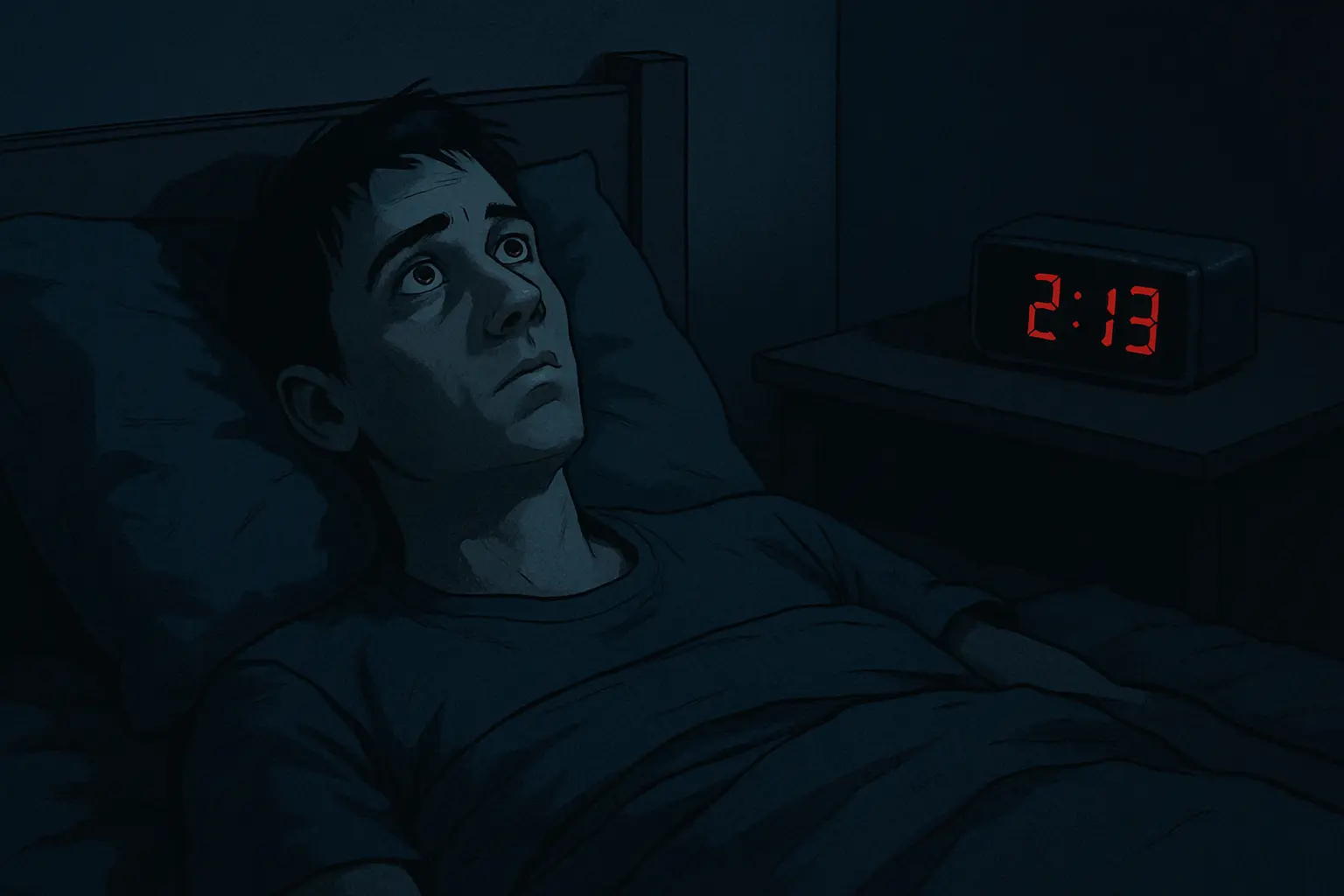Optimizing Sleep for Shift Workers: Science, Strategy, and Lifestyle
Shift work affects millions worldwide, from healthcare professionals to transportation staff. Irregular sleep patterns disrupt the circadian rhythm, leading to chronic sleep deprivation, metabolic disorders, and cognitive impairment. Unlike traditional insomnia, shift work sleep disorder (SWSD) requires targeted interventions that integrate science, lifestyle, and practical adjustments.
The Science of Shift Work Sleep Disorder
Shift work often forces sleep at biologically inappropriate times. Key mechanisms include:
- Circadian Misalignment: The body’s internal clock expects sleep at night. Daytime sleep reduces deep sleep duration and REM cycles.
- Hormonal Disruption: Cortisol and melatonin release patterns are inverted, leading to decreased sleep quality and increased alertness at inappropriate times.
- Metabolic Consequences: Irregular sleep correlates with insulin resistance, obesity, and cardiovascular risk.
Data Insight: According to a 2023 meta-analysis in Chronobiology International, night shift workers have a 1.3x higher risk of type 2 diabetes and a 25% reduction in deep sleep duration compared to day workers.
Insights from Recent Sleep Conferences
- 2024 World Sleep Congress (Vancouver): Discussed personalized circadian interventions, emphasizing timed light exposure and meal schedules.
- 2023 International Shift Work Symposium (Amsterdam): Highlighted strategic napping, sleep environment optimization, and digital monitoring as key tools to mitigate SWSD.
Real-Life Example: Alex’s Night Shift Recovery Plan
Alex, a 32-year-old ICU nurse, struggled with fatigue, irritability, and memory lapses. Despite sleeping 7–8 hours after night shifts, he woke frequently and felt unrefreshed. By implementing a structured sleep plan, Alex:
- Used blackout curtains and white noise machines for daytime sleep
- Scheduled a 20–30 minute nap before night shifts to boost alertness
- Followed timed light exposure: bright light at night, dim light before sleep
- Tracked sleep stages using SnailSleep, identifying deep sleep deficits
After 6 weeks, Alex reported 30% fewer awakenings, improved alertness during night shifts, and better mood regulation.
Practical Strategies for Shift Workers
- Consistent Sleep Windows: Even small windows of consistency enhance circadian adaptation
- Strategic Napping: Short naps before or during shifts improve performance without impairing main sleep
- Light Therapy: Use bright light to stay alert during work; block morning light post-shift to facilitate daytime sleep
- Sleep Environment Optimization: Dark, quiet, cool room; earplugs and white noise machines reduce fragmentation
- Nutrition Timing: Avoid heavy meals before sleep; align snacks with circadian cues to stabilize metabolism
- Digital Sleep Tracking: Apps like SnailSleep monitor sleep stages, providing actionable feedback to optimize routines
Unique Insight: Beyond Sleep Hours
While many shift workers focus on total hours slept, sleep quality and timing are more important than quantity. Research shows that aligning even a portion of sleep with the biological night, combined with strategic naps and light management, significantly reduces metabolic and cognitive risks.
Furthermore, behavioral adherence is enhanced when workers visualize their sleep patterns. Digital sleep apps serve not only as tracking tools but also as motivational feedback systems, turning abstract sleep metrics into tangible progress — a concept emphasized in the 2024 World Sleep Congress.
Data Visualization Suggestions
- Line graph: Deep sleep duration across night shift vs. day shift schedules
- Bar chart: Alertness scores pre- and post-strategic napping interventions
- Pie chart: Distribution of shift work-related sleep issues by occupation
- Heatmap: Light exposure patterns and corresponding sleep quality in night shift workers
Closing Thoughts
Optimizing sleep for shift workers requires a holistic approach: integrating circadian science, behavioral strategies, environmental adjustments, and technological support. While challenging, structured interventions can significantly improve both sleep quality and overall health, reducing long-term risks associated with chronic circadian misalignment.
Related Articles
- Shift Worker Sleep Strategies: Maintaining Health with Irregular Hours
- The Role of Circadian Rhythm in Metabolism and Sleep
- Power Naps Done Right: Boost Energy Without Harming Night Sleep

